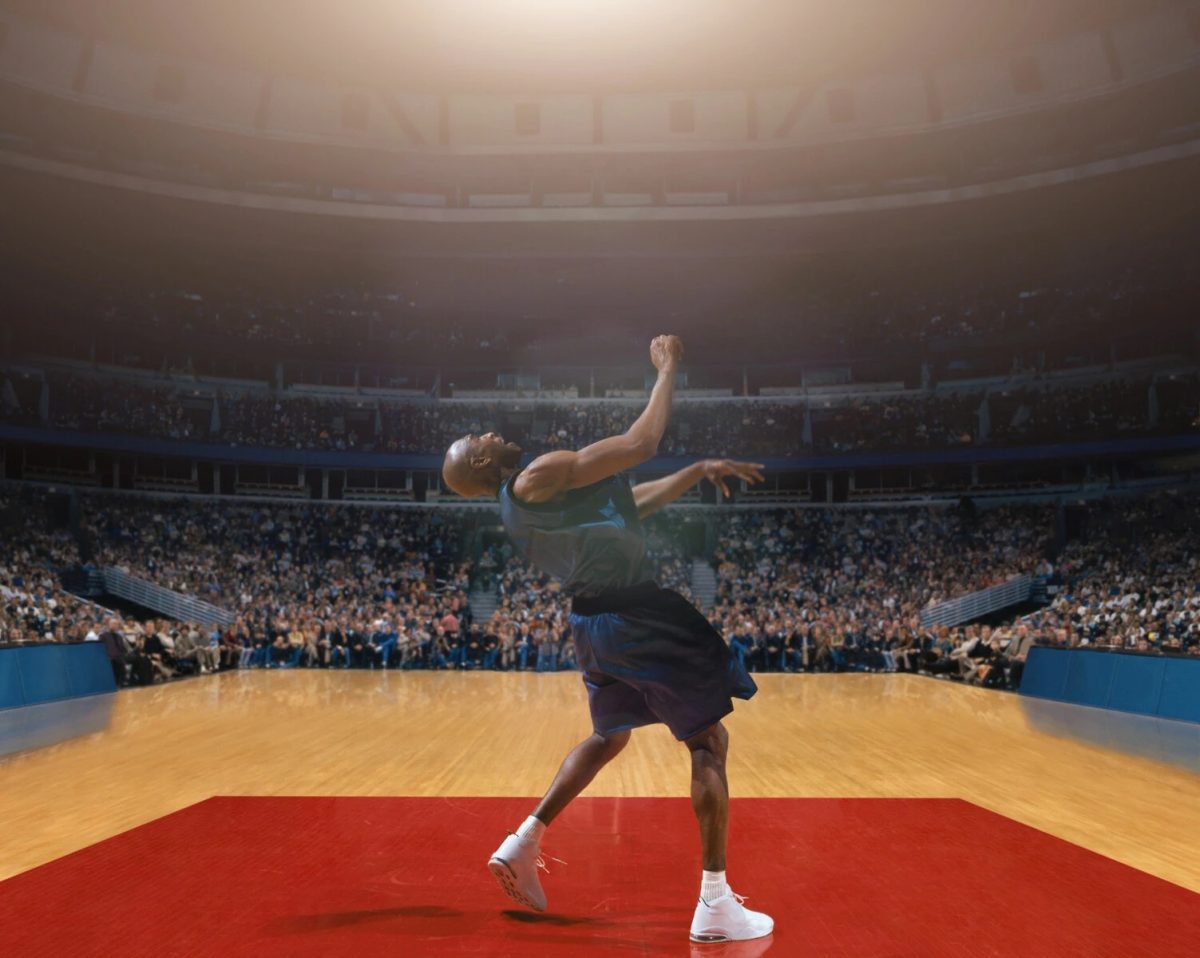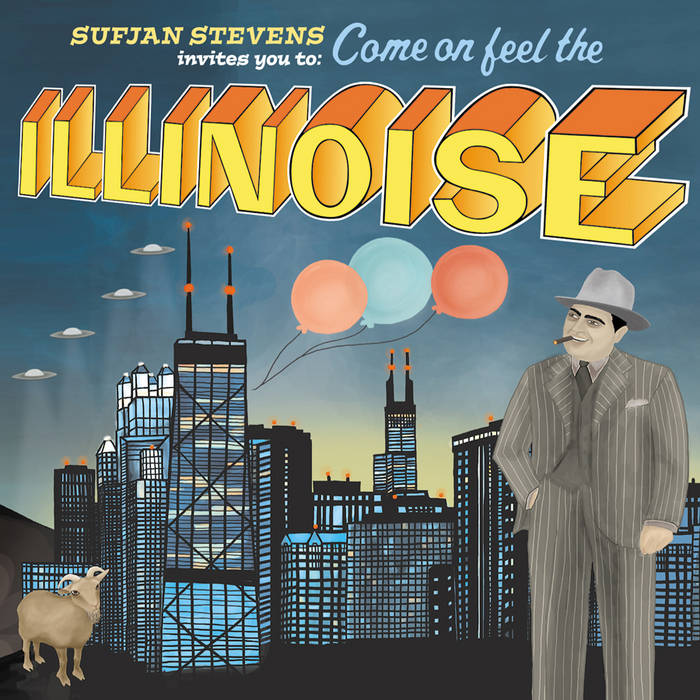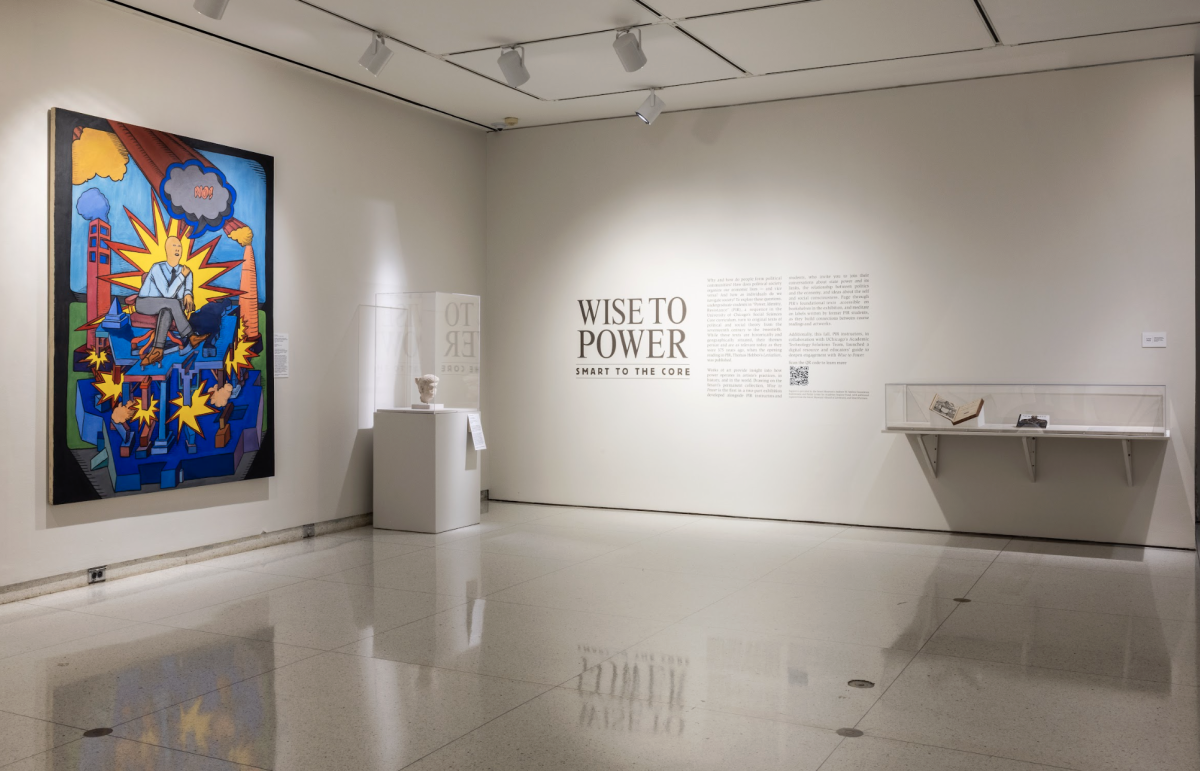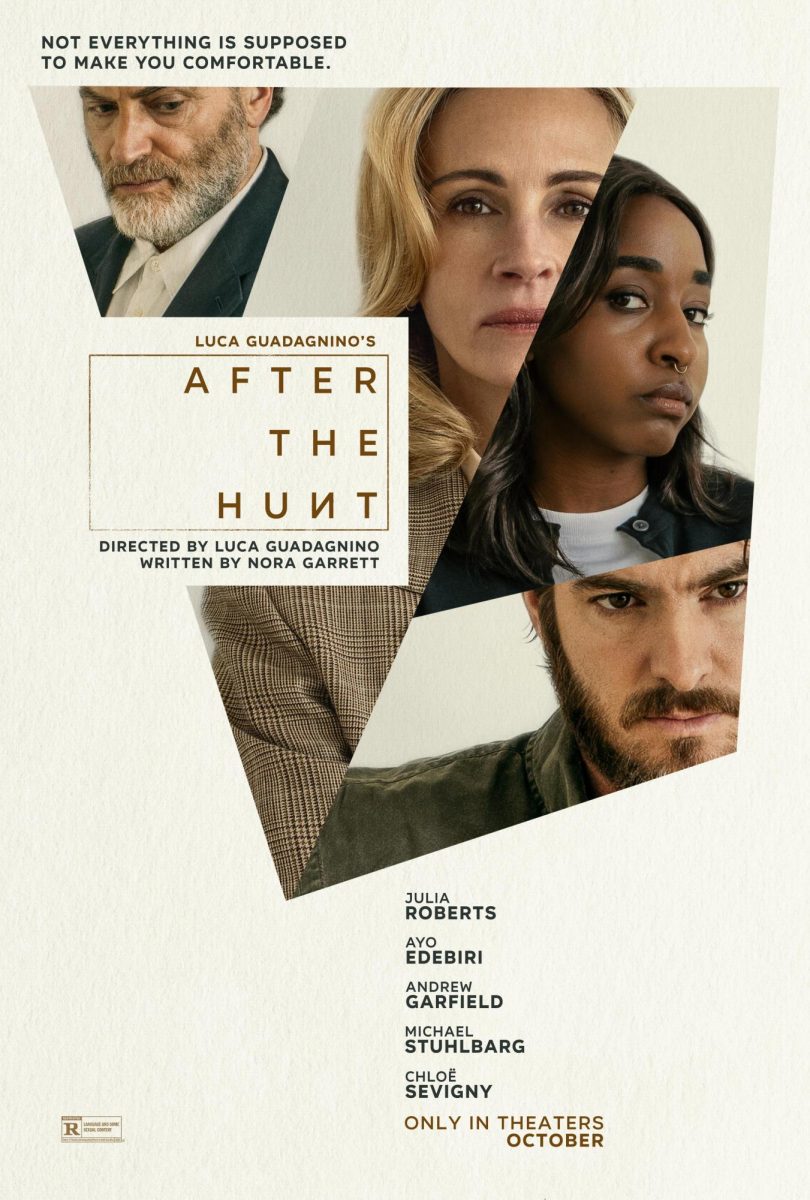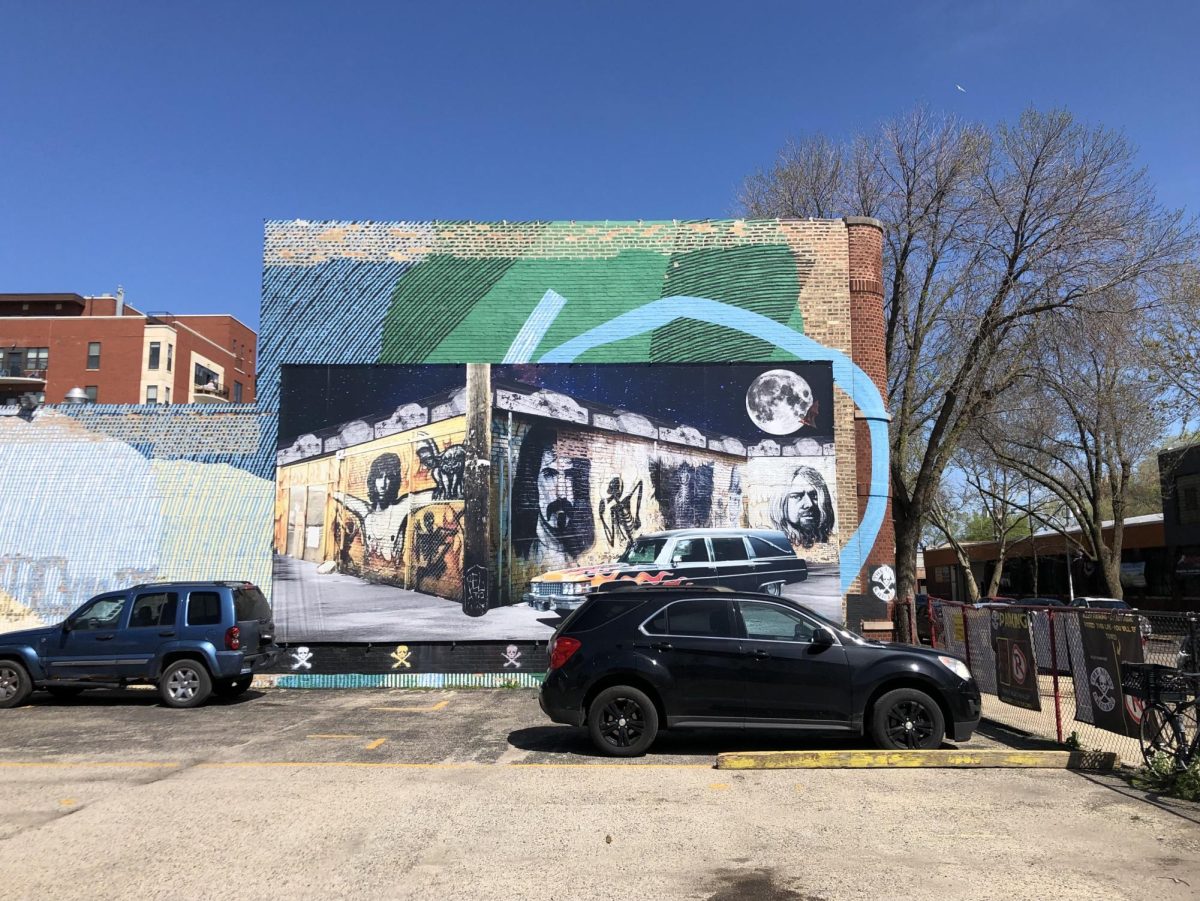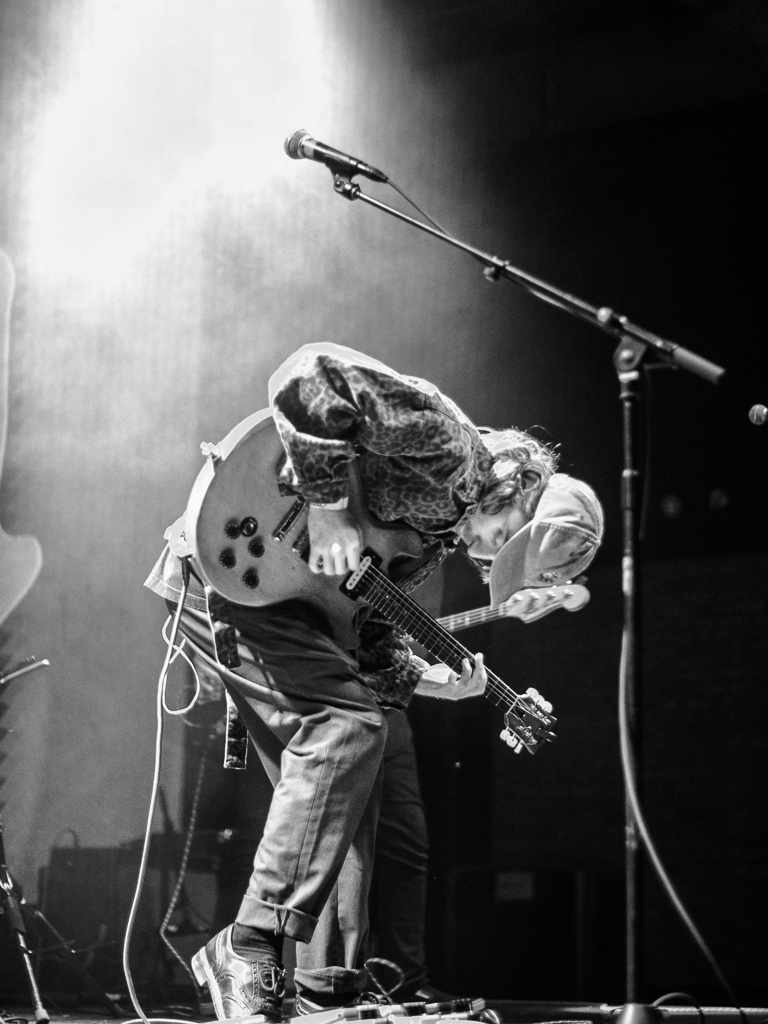To describe Paul Pfeiffer in one word would be difficult, but the closest descriptor would be “enigmatic.” Born in Hawaii to a family of church musicians, he spent part of his formative years in the Philippines at a Protestant American university where they performed. This close exposure to, as he calls it, “the production of… American ritual” informs his work. The Museum of Contemporary Art’s recent retrospective on him, Paul Pfeiffer: Prologue to the Story of the Birth of Freedom, wonderfully demonstrates this perspective.
Pfeiffer’s work centers on mass media and spectacle. Whether sports, celebrity, or film, his work focuses on how images are made—or, perhaps, how images make us. Sport in particular fascinates him. In his early adulthood, he frequented New York Liberty basketball games, where he noted their visuality and ritualistic production. Arenas serve not only as platforms for grand spectacle but also as sites where collective identity—national, communal, societal—is shaped in ways that reflect deeper ideological forces.
In his “Hear from the Artist” video, he notes the key role of media production in his work: “The whole pageant of it is… like a church service and has to do with the purposeful production of all the kind of affective possibilities of the sensorium, of all the senses being brought to bear in creating a very potent experience.” He critiques the production of these spectacles as a sensory form of propaganda. If you look away from the action and towards the fabrication of these images, he argues, you notice a highly orchestrated process—one so controlled that the feeling of personal perspective evaporates. In Pfeiffer’s view, spectacle doesn’t just entertain; it subsumes.
Among the most intriguing examples of this dynamic is a newer work, Red Green Blue (2022). Named after image display systems (which are based on human perception of color), this video installation takes center stage in one of the galleries. A massive screen displays a documentary Pfeiffer made about the University of Georgia at Athens (UGA) Redcoat Marching Band while teaching there. Treating the stadium as his studio, Pfeiffer focuses on the student musicians, band conductors, and support staff that underpin the spectacle of a college football game. Never concentrating on the action itself, the film shifts freely from one point to another without plot, names, or dialogue outside of what keeps the band running.
By stripping away character and narrative, Pfeiffer decenters the spectacle, instead prioritizing the labor and process behind it. Lighting behind the screen alternates between the three titular colors, corresponding to whatever is displayed onscreen. Red correlates with the band itself, while blue and green are more often deployed with their staff and with the shots filmed outside the stadium. Throughout, the documentary cuts to Oconee Hill Cemetery, a gravesite next to UGA’s stadium. Gameday noises pierce the cemetery’s silence, creating a striking contrast and subtly drawing a throughline between ritual, sport, and nationalism. I was awestruck by the scale of the entire installation, finding myself immersed within the experience.
Fitting with Pfeiffer’s emphasis on media production, cameras are everywhere in his art, often serving as the frame for videos. A noteworthy exception to this motif, however, is Live From Neverland (2007). Live From Neverland features a crowd of 80 men and women standing on a riser. In perfect synchrony, they repeat Michael Jackson’s infamous 1993 Neverland Statement. While the crowd takes up an entire wall with the video, a small TV in the opposite corner facing them plays the original video. Jackson, however, is inaudible; the video has been edited so he speaks at the pace of the crowd. In doing so, Pfeiffer creates an unsettling middle ground between an individual’s speaking voice and a crowd’s roar. Abstracted through the chorus, Jackson’s image feels eerily inauthentic—too smooth, too rehearsed, too familiar.
Pfeiffer exposes how images affect us and how we affect images. He foregrounds the pieces—whether they be objects, support staff, crowds, or cameras—that result in the spectacle we see on TV. His work, in a world saturated with media, encourages us to stop and consider where spectatorship ends and participation begins.
Paul Pfeiffer: Prologue to the Story of the Birth of Freedom was on view at the Museum of Contemporary Art from May 3 to August 31.



